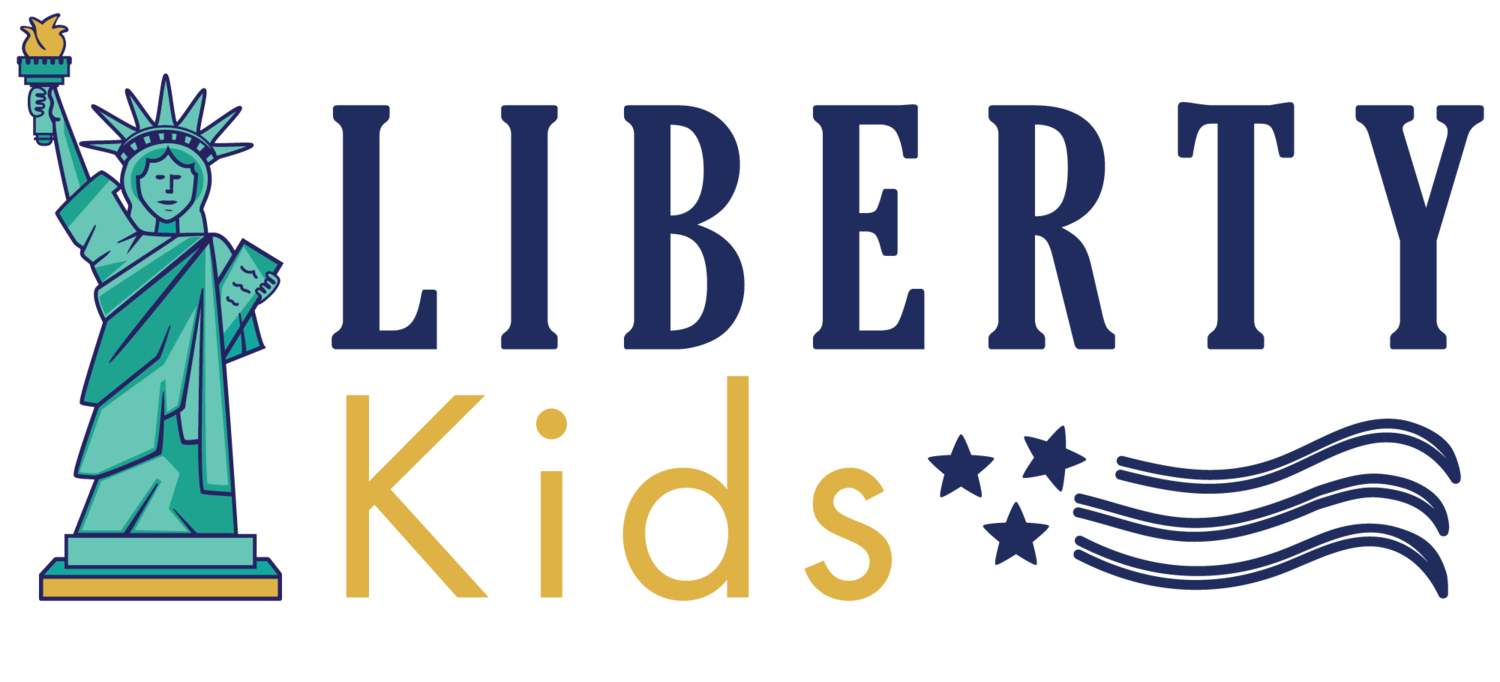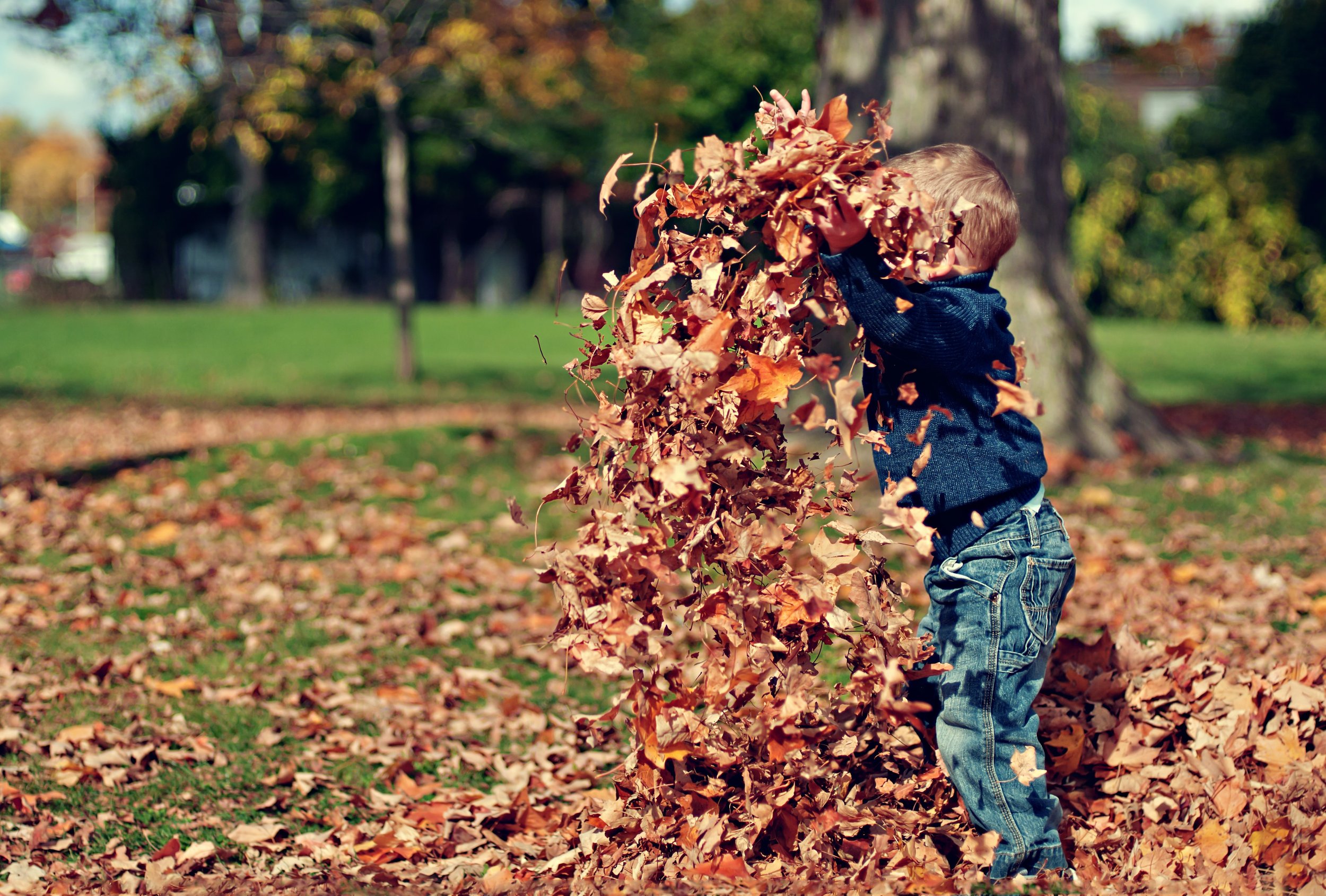Exercising your imagination
If I asked you to do something “creative” I bet you would run for the paint supplies, a drawing pad or maybe something musical. When we ask our children to get creative the same thing happens - they head straight for the modeling clay, sheets of paper, markers, or a mountain of popsicle sticks.
But what if I told you that true creativity is way different from all of this?
Now, of course, there is nothing wrong with any of the above activities. They all encourage creative and imaginative processing. However, true creativity does need designed activities and more items from our local art supply stores.
Creativity, in its most natural state, is all about freedom. When children are given the freedom to be creative without the restrictions of structured activities, they experience growth that can’t be replicated by the clever craft goodies.
And this freedom is KEY for developing their brains.
The best part is you don’t have to spend tons of money to nurture this experience for your little ones. The great outdoors is all you need!
In nature, kids are able to develop their brains through imaginative, innovative, whole-body experiences that research has linked to higher cognitive function. To put it simply, in nature our children are FREE to GROW (especially their brains)!
HOW does this work?
The answer is simple. In the natural world, children are provided with a sensory rich and sensory balanced environment. They can touch different textures. Smell the perfumes of the flowers, trees, and leaves. Hear the majestic sounds of the birds, the breeze rustling the leaves creating musical tones. They can see colors that are beyond what is available in a paint pallet. And if they are lucky enough, they can eat fruit from the trees.
The natural world affords children the opportunity to be CREATIVE and IMAGINATIVE with all that is before them. Children can generate ideas, take the lead, problem solve, take risks, and develop their self-confidence.
A stick is no longer a stick - it is a wand, a sword, a spoon for stirring muddy soup. Their teacher did not tell them what to do with that stick nor did mom and dad determine its use – what the stick becomes is entirely their own idea. According to Angela J. Hanscom, Author of Balanced and Barefoot, all of this helps children to “form important neural (brain) connections.”
3 TIPS TO NURTURE CREATIVITY IN THE NATURAL WORLD
Today, many parents find it a struggle to get their children outside. Angela J. Hanscom, author of Balanced and Barefoot, states “the amount of time children spend in unstructured play has decreased by 50%.” While many factors may contribute to this, perhaps the most common is that in our high-tech modern world, we are becoming less conscious of our need for nature.
So, what can you do to inspire your child to get excited about being outside?
TURN OFF ALL DEVICES
Set some time aside each day and make a NO SCREEN time rule! Create a time-limit and a safe space for exploration and innovation.
LET THEM SEE YOU OUTSIDE
It is a case of monkey see, monkey do! If your child sees you enjoying nature and developing a connection with it, they might also want to. Show them how to appreciate the colors, the sounds, the textures. Talk about the outdoors with them. Spark their curiosity.
CREATE NATURE SPACES
Re-evaluate your outdoor space. Are there opportunities for free, unstructured play outside where your child can create, invent, and explore? Sometimes all it takes is a mud kitchen, a sandpit, or a vegetable garden to inspire curiosity and creativity.
If your living space is without a yard, you can research local playgrounds, national parks, and natural spaces where your child can put their creativity to work. It is also important you and your child understand the risks of the outdoors in your region, so your child can safely play with a sense of freedom.
Article from BigLifeJournal.



